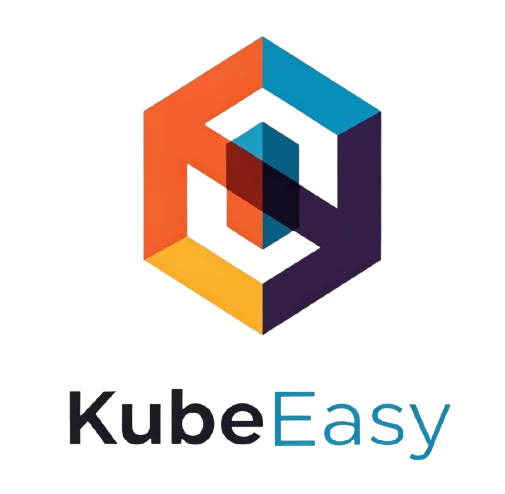Introduction
Kubernetes has become the go-to solution for container orchestration, but managing it effectively can be complex. This is where KubeSphere comes in—a powerful platform that enhances Managed Kubernetes by simplifying operations, improving security, and providing a user-friendly interface. In this blog, we’ll explore how KubeSphere integration benefits businesses by streamlining Kubernetes management, reducing costs, and accelerating deployment cycles.
1. What is KubeSphere?
KubeSphere is an open-source Kubernetes management platform that provides a multi-cloud, multi-cluster solution with a rich set of DevOps tools. It enhances Kubernetes by offering a graphical interface, observability, and security features.
Key Features of KubeSphere:
✅ Multi-Tenancy – Isolates workloads and user access across multiple teams.
✅ Easy-to-Use UI – Simplifies Kubernetes cluster management with a visual dashboard.
✅ Monitoring & Logging – Provides Grafana, Prometheus, and Loki integrations for real-time observability.
✅ Security & Governance – Ensures role-based access control (RBAC) and security policies.
2. How KubeSphere Enhances Managed Kubernetes?
A Managed Kubernetes service takes care of provisioning, scaling, and maintaining clusters. However, integrating KubeSphere on top of managed Kubernetes (like AWS EKS, Google GKE, or Azure AKS) further optimizes cluster management by providing enhanced capabilities.
🔹 Simplifies Kubernetes Management
KubeSphere provides an intuitive UI, eliminating the need to manage clusters via complex kubectl commands. This is especially useful for businesses that lack deep Kubernetes expertise.
🔹 Multi-Cloud & Hybrid Cloud Support
Companies often use multiple cloud providers. KubeSphere makes multi-cluster management seamless, allowing businesses to run workloads across AWS, Azure, GCP, and on-premise environments from a single control panel.
🔹 DevOps & CI/CD Integration
While KubeSphere does not have a built-in CI/CD engine, it seamlessly integrates with Jenkins, Tekton, and GitOps (ArgoCD). This allows businesses to automate the build, test, and deployment processes, enabling continuous delivery with minimal effort.
🔹 Centralized Monitoring & Logging
Instead of setting up Prometheus, Grafana, and Elasticsearch separately, KubeSphere provides these observability tools out of the box, helping businesses detect and resolve issues faster.
🔹 Cost Optimization
By automating resource allocation and scaling, KubeSphere prevents resource wastage, helping companies optimize cloud costs and ensure efficient utilization of Kubernetes infrastructure.
3. How Businesses Benefit from KubeSphere Integration?
| Business Need | How KubeSphere Helps |
|---|---|
| Faster Deployments | CI/CD integration ensures quick releases. |
| Reduced Kubernetes Complexity | No need for deep Kubernetes expertise; easy UI-based management. |
| Improved Security & Access Control | RBAC, multi-tenancy, and security policies ensure compliance. |
| Efficient Cloud Resource Management | Multi-cloud support and autoscaling optimize resource usage. |
| Better Monitoring & Troubleshooting | Centralized logging, tracing, and observability tools reduce downtime. |
Businesses, especially startups and enterprises, can leverage KubeSphere to improve operational efficiency, reduce DevOps overhead, and accelerate digital transformation.
4. Conclusion
Integrating KubeSphere with Managed Kubernetes is a game-changer for businesses. It simplifies cluster management, enhances security, automates deployments, and reduces costs. Whether you’re a startup looking for an easy way to deploy applications or a large enterprise managing multiple clusters, KubeSphere helps unlock the full potential of Kubernetes with minimal complexity.
